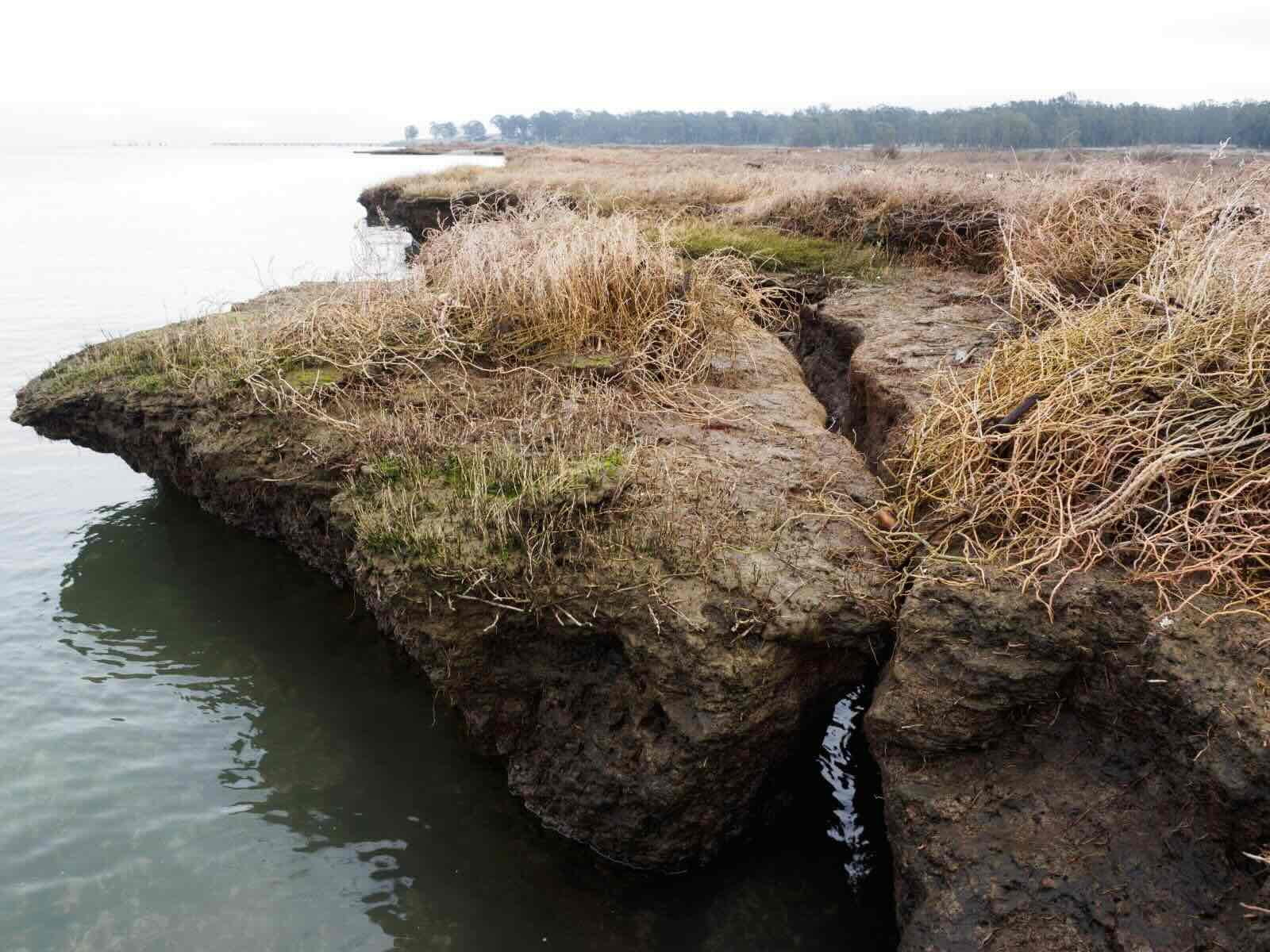
Erosion is a natural process that shapes our planet, but how much do you really know about it? Erosion involves the movement of soil, rock, and other particles by wind, water, or ice. This process can create stunning landscapes like the Grand Canyon, yet also cause significant damage to human structures and ecosystems. Did you know that erosion can be both a slow, gradual process and a rapid, destructive force? From the gentle wearing away of riverbanks to the sudden collapse of cliffs, erosion plays a crucial role in our environment. Understanding erosion helps us better protect our land and resources. Ready to learn more? Here are 30 fascinating facts about erosion that will change the way you see the world around you.
What is Erosion?
Erosion is a natural process where soil, rock, and other surface materials are worn away and transported by natural forces like wind or water. This process shapes landscapes, creates valleys, and even forms new landforms. Here are some fascinating facts about erosion.
-
Erosion vs. Weathering: Erosion involves the movement of particles, while weathering breaks down rocks without moving them.
-
Types of Erosion: There are several types, including water, wind, ice, and gravity erosion.
-
Water Erosion: This is the most common form, caused by rainfall, rivers, and ocean waves.
-
Wind Erosion: Common in arid regions, wind erosion can create stunning landscapes like sand dunes.
-
Ice Erosion: Glaciers carve out valleys and shape mountains through ice erosion.
-
Gravity Erosion: Landslides and rockfalls are examples of gravity erosion.
Human Impact on Erosion
Human activities significantly accelerate erosion, leading to various environmental issues. Here are some ways humans impact erosion.
-
Deforestation: Removing trees leaves soil exposed and more susceptible to erosion.
-
Agriculture: Plowing fields can disrupt soil structure, increasing erosion risk.
-
Urbanization: Construction and paving reduce vegetation cover, leading to increased runoff and erosion.
-
Mining: Extracting minerals disturbs the land, making it prone to erosion.
-
Overgrazing: Livestock can strip vegetation, leaving soil vulnerable to erosion.
Erosion Control Methods
To combat erosion, various methods are employed to stabilize soil and protect landscapes. Here are some effective erosion control techniques.
-
Terracing: Creating stepped levels on slopes reduces runoff and soil loss.
-
Planting Vegetation: Plants and trees anchor soil with their roots, reducing erosion.
-
Mulching: Covering soil with mulch protects it from wind and water erosion.
-
Retaining Walls: These structures hold back soil and prevent landslides.
-
Riprap: Placing rocks along shorelines and riverbanks reduces water erosion.
Erosion in History
Erosion has played a significant role in shaping human history and ancient civilizations. Here are some historical facts about erosion.
-
The Dust Bowl: In the 1930s, severe wind erosion in the U.S. Great Plains led to massive dust storms and agricultural collapse.
-
Ancient Egypt: The Nile River's annual flooding deposited fertile soil, crucial for Egyptian agriculture.
-
The Grand Canyon: Formed by millions of years of water erosion from the Colorado River.
-
The Great Wall of China: Built to prevent soil erosion and protect against invaders.
-
Petra: This ancient city in Jordan was carved out of sandstone by wind and water erosion.
Erosion's Impact on Ecosystems
Erosion affects ecosystems by altering habitats and nutrient cycles. Here are some ways erosion impacts the environment.
-
Habitat Loss: Erosion can destroy habitats for plants and animals.
-
Water Quality: Sediment from erosion can pollute water bodies, affecting aquatic life.
-
Nutrient Depletion: Erosion removes topsoil, which contains essential nutrients for plants.
-
Increased Flooding: Eroded landscapes can lead to more frequent and severe flooding.
-
Desertification: Severe erosion can turn fertile land into deserts.
Erosion and Climate Change
Climate change exacerbates erosion through extreme weather events and rising sea levels. Here are some connections between erosion and climate change.
-
Increased Rainfall: More intense rainfall can lead to higher rates of water erosion.
-
Sea Level Rise: Rising sea levels cause coastal erosion, threatening coastal communities.
-
Melting Glaciers: As glaciers melt, they contribute to ice erosion and rising sea levels.
-
Extreme Weather: Hurricanes and storms can cause significant erosion through wind and water forces.
Final Thoughts on Erosion
Erosion shapes our world in ways we often overlook. From the Grand Canyon's majestic depths to the fertile deltas that support agriculture, erosion's impact is everywhere. Understanding erosion helps us appreciate natural wonders and recognize the importance of conservation efforts. By learning about erosion, we can take steps to protect our environment, ensuring future generations enjoy the same landscapes we do today.
Erosion isn't just a geological process; it's a reminder of nature's power and beauty. Whether it's wind carving out rock formations or water creating valleys, erosion tells a story of change and resilience. So next time you see a riverbank or a mountain range, remember the forces at work behind the scenes. Embrace the knowledge and share it with others. Let's continue to explore and protect our ever-changing planet.
Was this page helpful?
Our commitment to delivering trustworthy and engaging content is at the heart of what we do. Each fact on our site is contributed by real users like you, bringing a wealth of diverse insights and information. To ensure the highest standards of accuracy and reliability, our dedicated editors meticulously review each submission. This process guarantees that the facts we share are not only fascinating but also credible. Trust in our commitment to quality and authenticity as you explore and learn with us.
